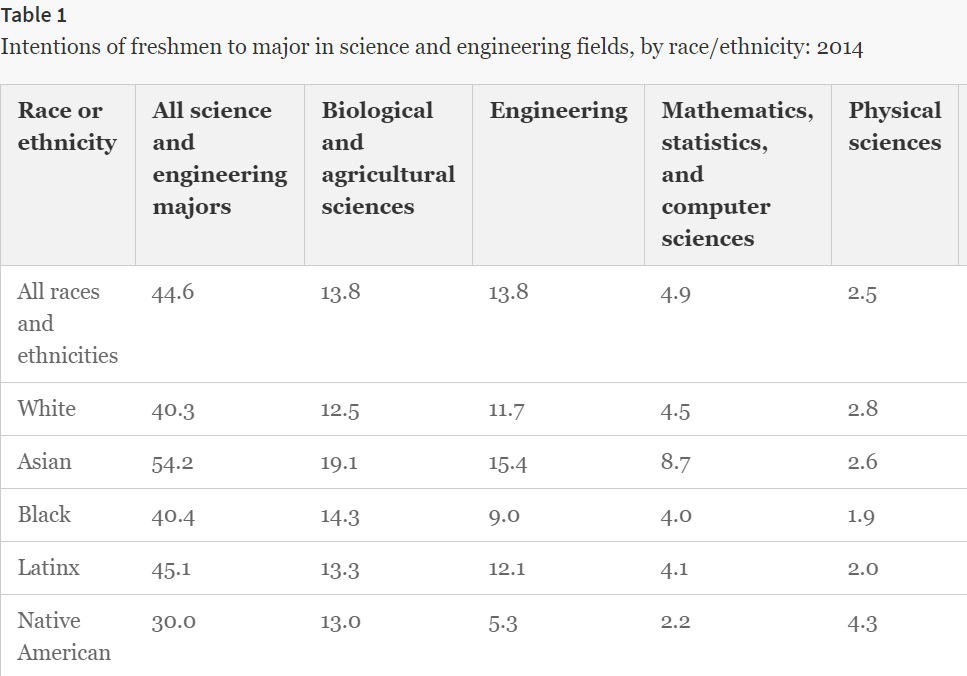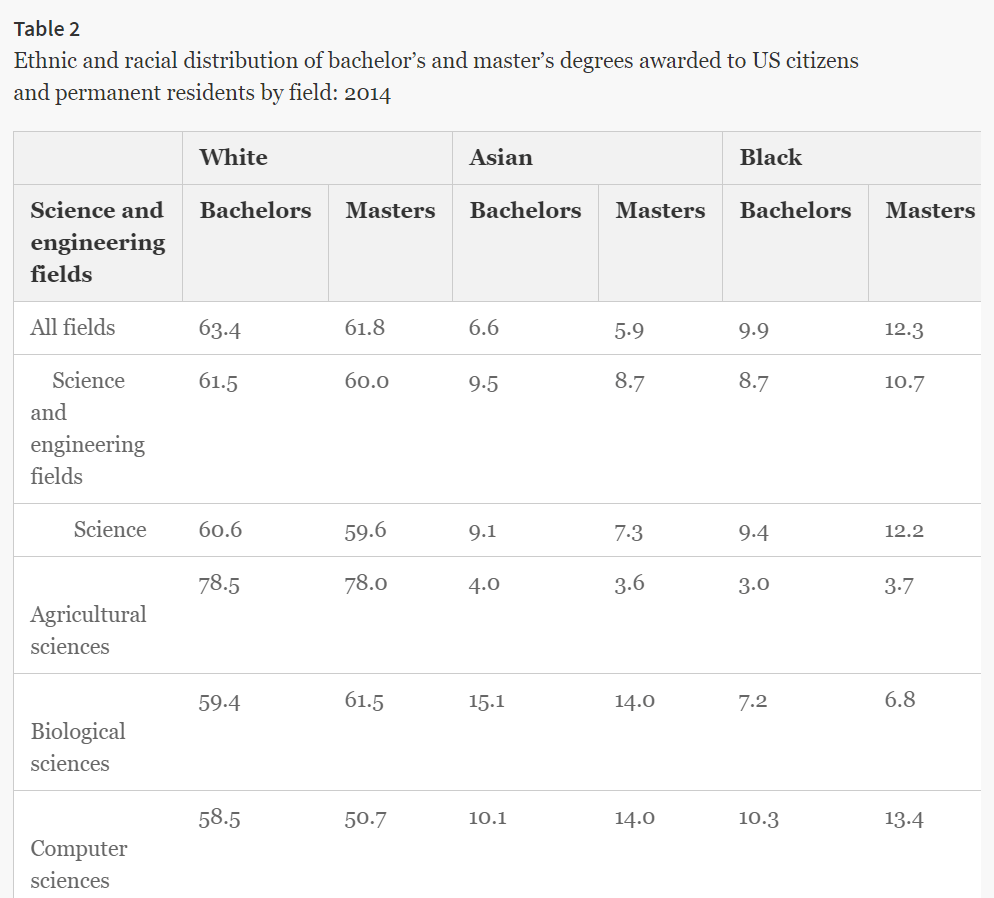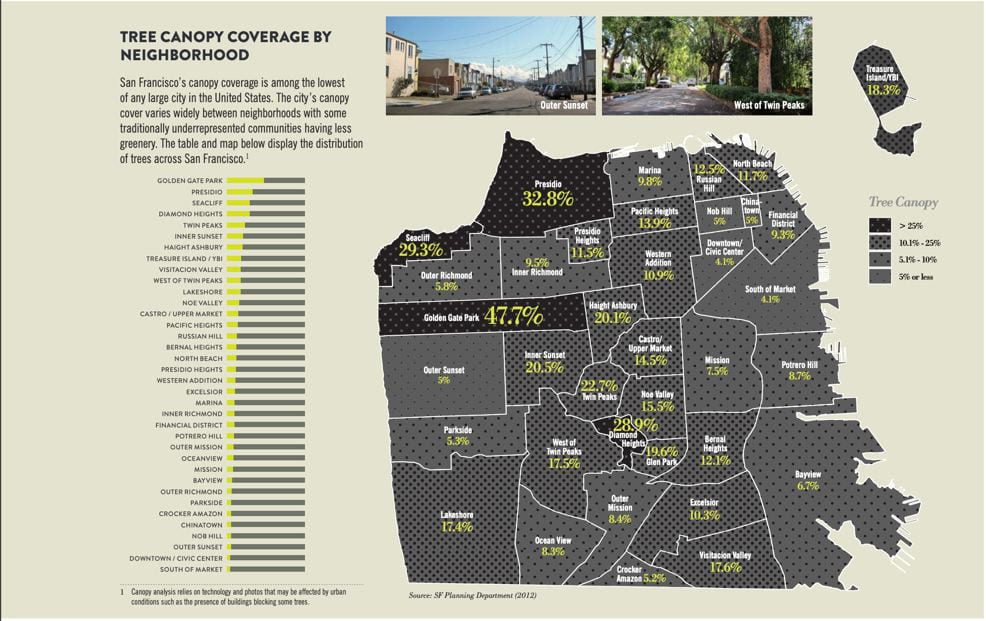Confronting Whiteness in Green Science

A majority of people in the world are people of color, so how did the face of climate change become so white? The climate movement’s lack of diversity is hindering the urgent need to address climate change.
It is no surprise the three most catastrophic hurricanes within the past decade (i.e., Katrina, Maria, and Dorian) have disproportionately affected heavily minority-populated areas. Where funding flows toward basic disaster-resistant infrastructure that minimize damage, usually in predominantly white areas, people are less likely to suffer from extreme natural disasters (Brown).
Environmental science’s whiteness plays out in people of color being less likely to be involved in the environmental movement. According to the Bureau of Labor in 2017, Blacks comprised only 5%, Asians 0.7%, and Latinx 4.8% of the environmental sciences and geosciences workforce. This extends into academia as well. In 2015, 73.4% of people who were awarded environmental science degrees across the country were white. In comparison, only 47.7% of people who were awarded biological or physical science degrees were white (DataUSA). Even in STEM fields, people of color are underrepresented in environmental and geosciences.
Increasing minority representation in a white dominated movement is imperative to facing issues of climate change where it is needed most. Low-income communities of color are most likely to be directly impacted by climate change. These communities are located alongside factories, refineries, busy highways, and have the fewest resources to cope with heat waves, droughts, floods, and other climate-related disasters (Brown).
Confronting whiteness within environmental sciences means taking action to dispel environmental stereotypes and implementing strategies to combat the lack of diversity within the field. Since the 1990s, high percentages of students of color have consistently reported that they want to work in federal environmental agencies and environmental nonprofits (Taylor). The issue here is not a lack of interest in Green STEM fields (e.g., conservation sciences, environmental sciences, climate-related sciences, earth and atmospheric sciences) but a lack of inclusion and a portrayal of white saviors as the primary and most important identities in the climate movement.
The environmental movement is disproportionately led by white activists, even though folks of color are more vulnerable to the effects of climate change. As the Columbia Spectator puts it, “Statistically, there are quantifiably more people of color in the world than there are white people.” However, environmental science lectures and textbooks’ examples tend to focus on white skin (Spectator). The portrayal of climate change being a “white people issue” draws students away from studying environmental science. The “white environmentalist” archetype has inaccurately become the face of the environmental movement.
Bringing students into green fields also includes making efforts to include underrepresented voices. University courses including curricula involving issues and articles written by people of color can greatly increase minority participation in the green sciences. One study by Nature found that “simply reading a short (200-word) news article that computer scientists no longer fit the male stereotype significantly increased women’s (but not men’s) career interests in STEM fields.” This suggests that messages challenging pre-existing beliefs about people involved in the climate movement may alter these stereotypes and help to boost climate engagement. Students of color are just as interested and in some cases, such as Latinos, even more so interested in the environmental movement and climate change than white students (Taylor). Course content should be reflective of these interests and include work done by people of color.
It is even more imperative to ensure students of color are retained and engaged throughout all four years of their undergraduate career. Studies have shown that although students of color are generally just as interested as white students in environmental fields, over time those awarded degrees in these fields decrease drastically among students of color (Taylor). The tables shown below display intentions of freshman to major in the sciences by race/ethnicity and the percentages of students who graduate with degrees in that major. Although students of color have just as much intention, if not more, to major in the sciences than white students, the majority of science degrees are awarded to white students across all science fields.

Source: Compiled from National Science Foundation (2017b). The National Center for Science and Engineering Statistics, special tabulations of U.S. Department of Education, National Center for Education Statistics, Integrated Postsecondary Education Data System, Completions Survey.

Source: Taylor, D (2018b) “Racial and ethnic differences in students readiness, identity, perceptions of institutional diversity, and desire to join the environmental workforce.” Journal of Environmental Studies and Sciences. Vol. 8(2): 152–168. DOI: 10.1007/s13412-0447-4
Students cite exclusion of people of color, specifically indigenous and black people, from environmental issues (Koscher) as well as lack of opportunity as reasons to leave the environmental field. Other sources influencing whether or not students join the geosciences are the availability of role models, racial and gender composition of faculty, finances, racism and discrimination, alienation, access to resources, and lack of recruiting (Taylor). This coupled with the environmental movement’s repeated lack of effort in addressing these issues have resulted in low diversity in the green sciences.
For more people of color to be included in the environmental movement, the face of environmental action needs to change. White people are not the primary demographic being affected by climate change and should not be the only representation within the environmental movement. Organizations and universities need to do more recruiting, mentoring, and retaining of folks of color in the green sciences. The interest is there, but the necessary resources to succeed are not. The future of the environmental movement is dependent on the people leading it. It needs to be more representative of the world we live in today, and it’s not white.
Works Cited
Brown, Stacy M. “The Impact of Climate Change on Communities of Color.” The Greenlining Institute, Black Press USA, 16 Oct. 2018, http://greenlining.org/press/2018/the-impact-of-climate-change-on-communities-of-color/.
“Environmental Science.” Data USA, https://datausa.io/profile/cip/030104/.
Koscher, Ella. “Whitewashed: The Lack of Diversity in Environmental Studies.” Columbia Daily Spectator, https://www.columbiaspectator.com/the-eye/2017/11/21/whitewashed-the-lack-of-diversity-in-environmental-studies/.
Taylor, Dorceta E. “Enhancing Racial Diversity in the Association for Environmental Studies and Sciences.” SpringerLink, Springer US, 6 Sept. 2018, https://link.springer.com/article/10.1007/s13412-018-0518-1.


